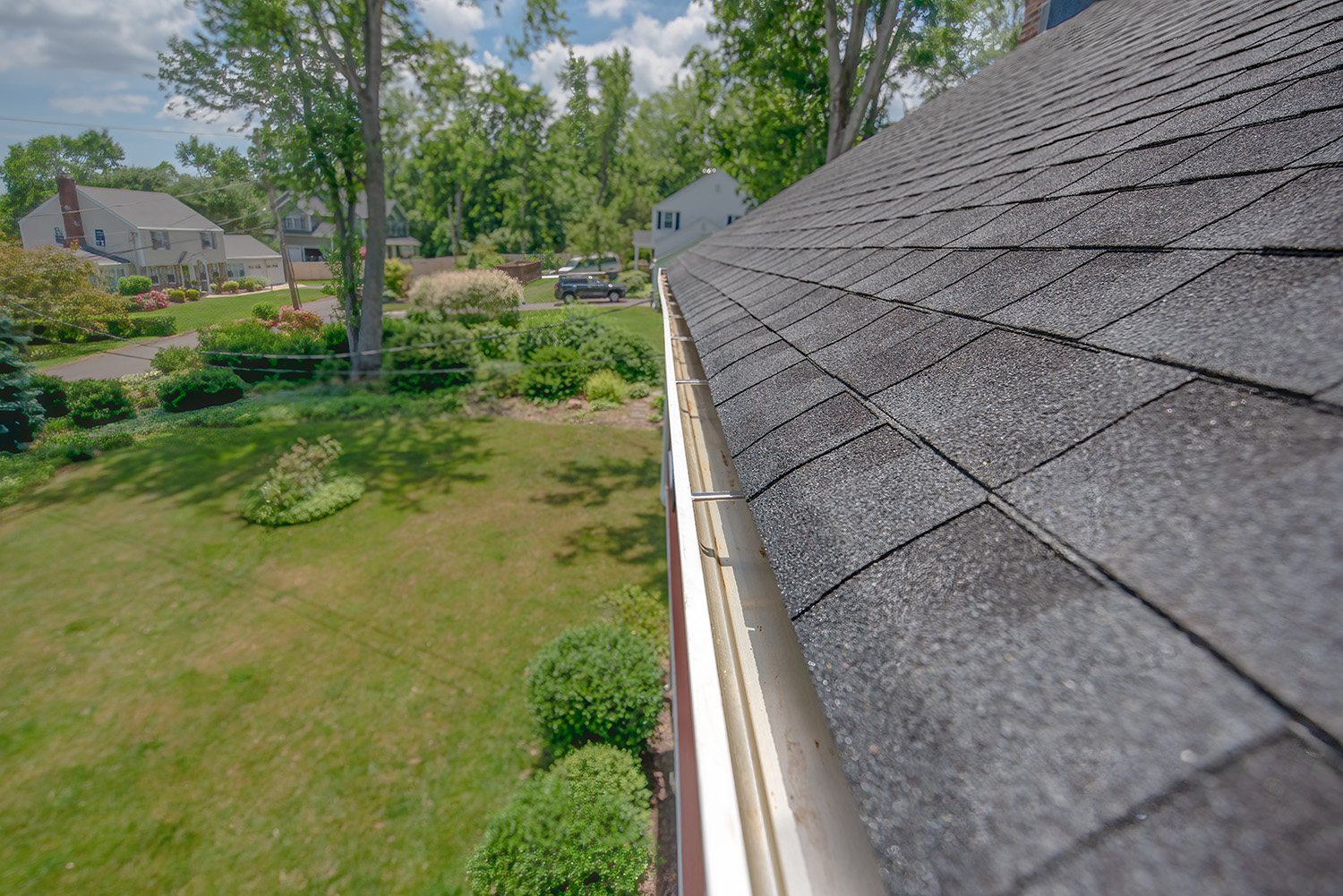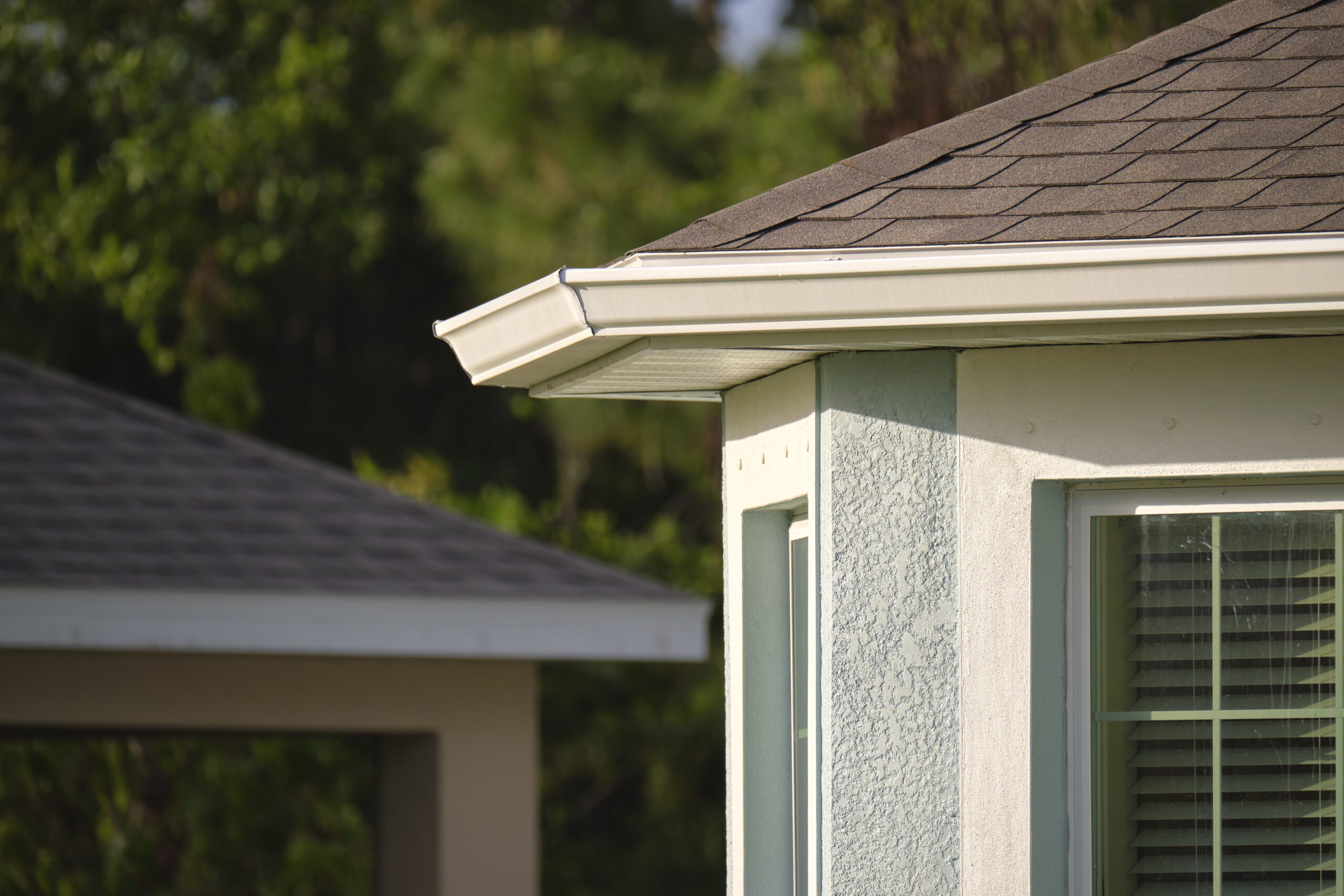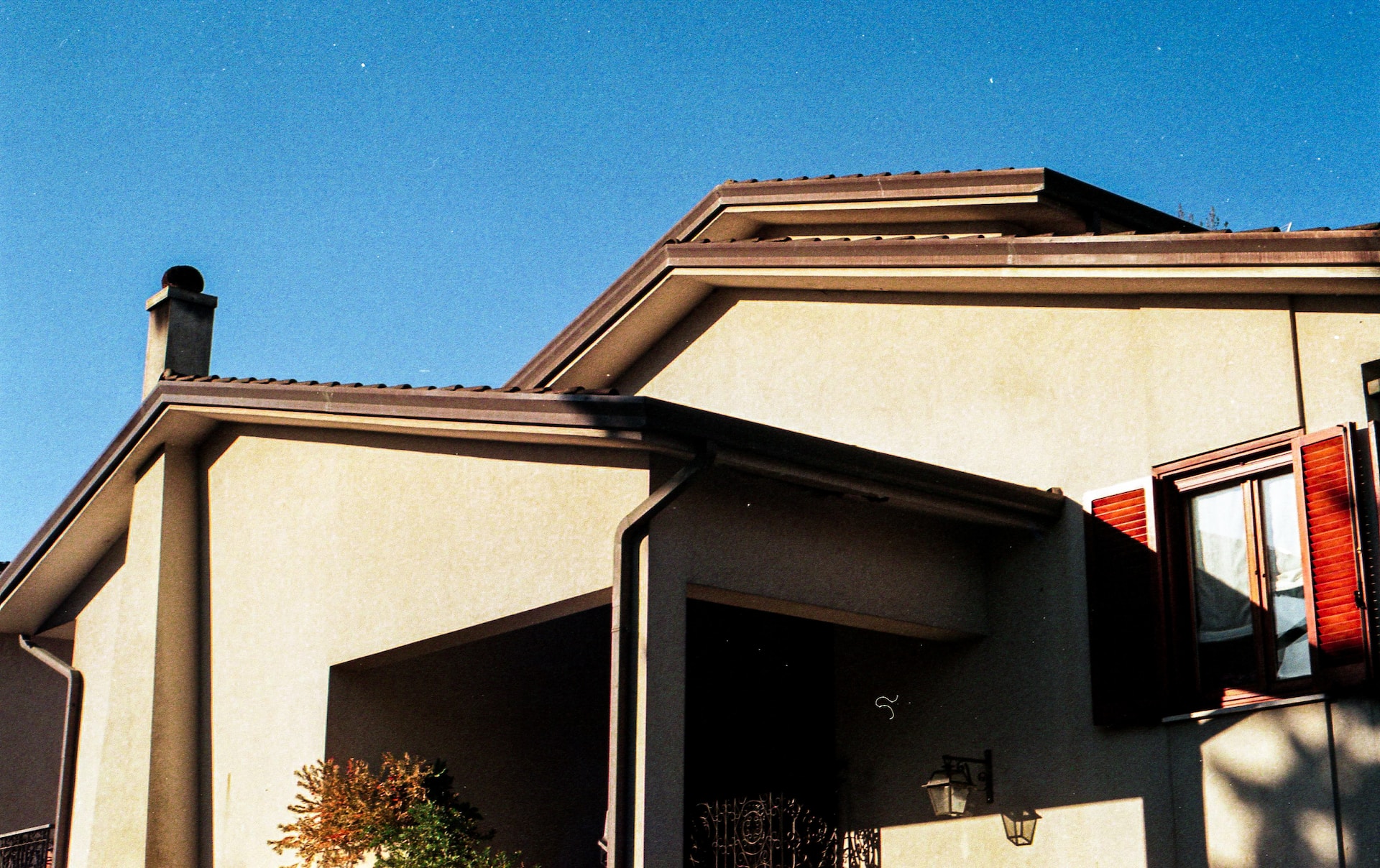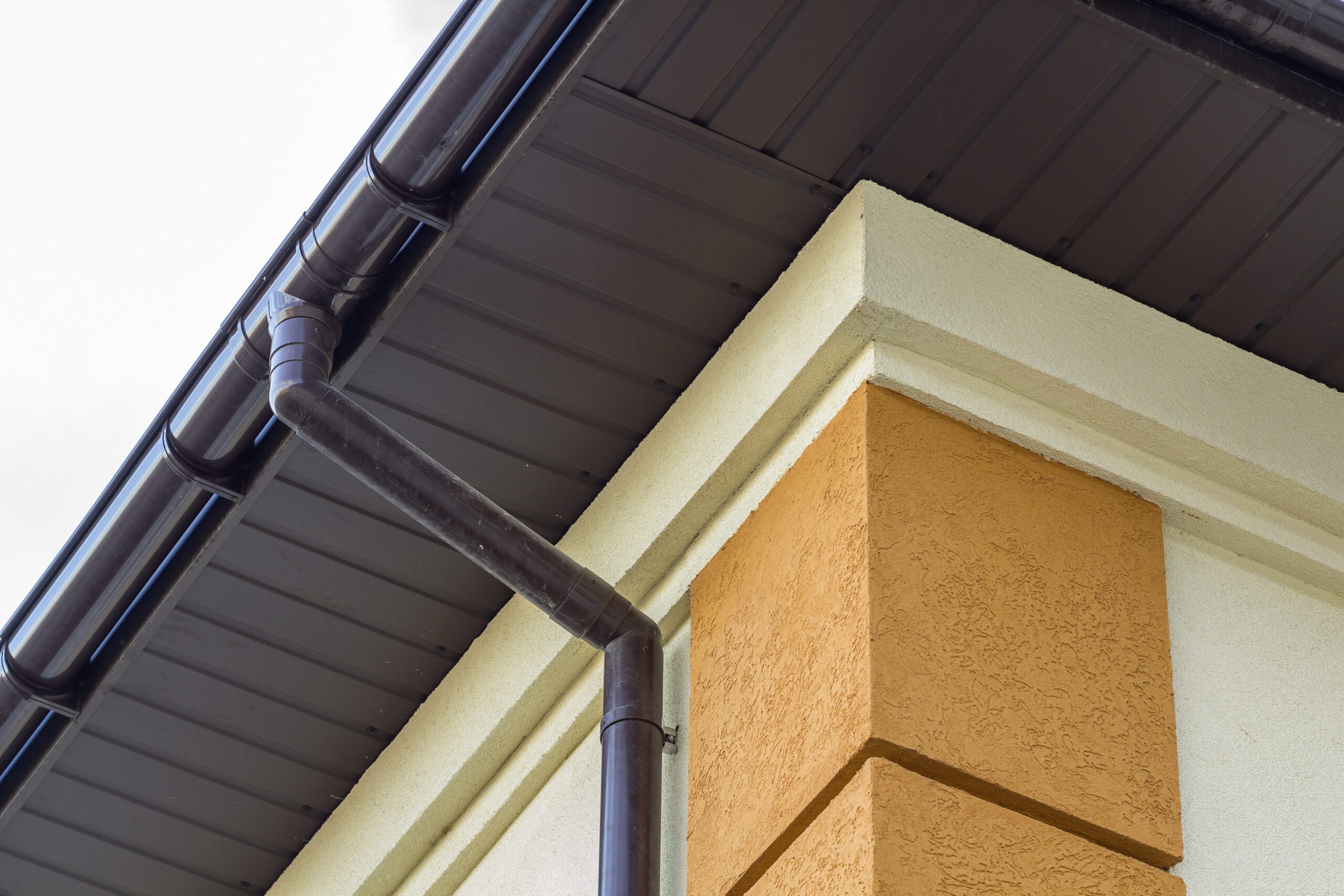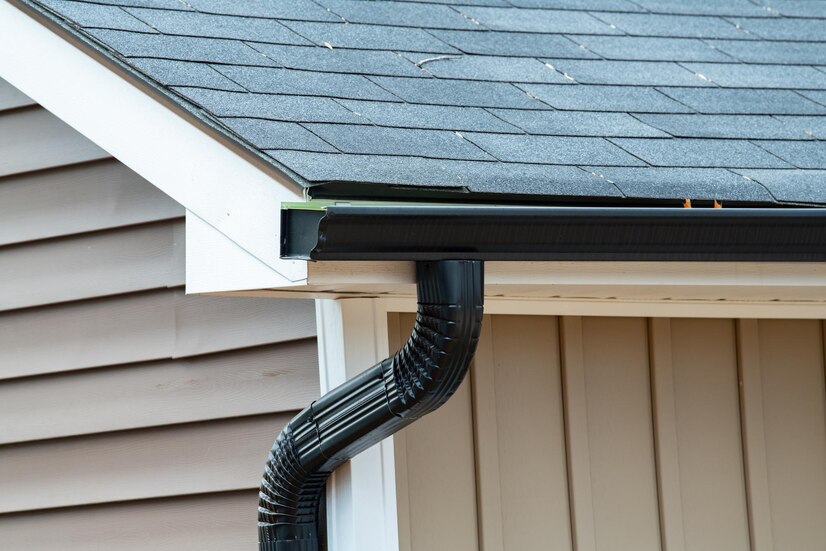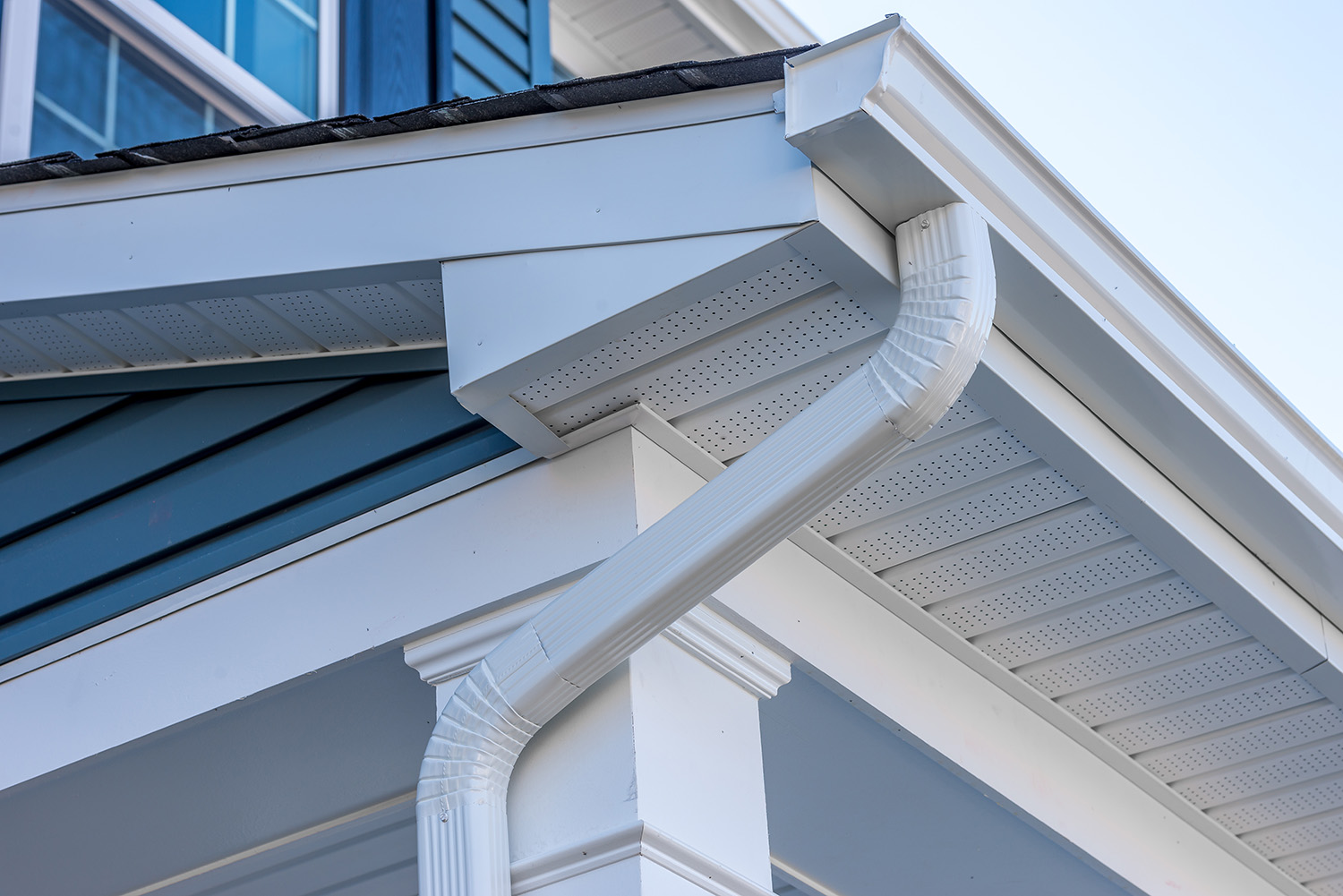Your home’s rain gutters are crucial for protecting your property from water damage, playing a vital role in directing rainwater away from your home’s foundation, siding, and landscape. K-Style Rain Gutters, also known as Ogee gutters, have gained popularity in recent years due to their attractive appearance, superior water-handling capacity, and ease of installation.
K-Style Rain Gutters feature a unique, decorative design inspired by crown molding, offering both functional and aesthetic benefits for your property. These gutters have a higher water-handling capacity compared to other gutter types, making them an ideal choice for regions with heavy rainfall. Additionally, K-Style Rain Gutters’ flat side and bottom surfaces make them easy to install, providing a seamless and secure connection to your home’s fascia.
At J. Carnes & Son Roofing, our team of skilled professionals is committed to helping you protect your property with durable and attractive K-Style Rain Gutter solutions. We take pride in providing industry-leading products, exceptional craftsmanship, and unparalleled customer satisfaction. In the following sections, we will explore the advantages of K-Style Rain Gutters in further detail, outline critical factors in choosing and maintaining your gutter system, and offer guidance on selecting the right roofing contractor for your project.
Advantages of K-Style Rain Gutters
When considering gutter options for your home, it’s essential to weigh the benefits each style offers. Here are some key advantages of K-Style Rain Gutters:
1. High Water Capacity: K-Style gutters are designed with wider troughs and broader bottoms, resulting in a greater water-handling capacity than other gutter types. This feature makes them an ideal choice for areas susceptible to heavy rainfall, as they can effectively prevent water overflow and protect your property from potential damage.
2. Aesthetic Appeal: The distinctive, ornate design of K-Style Rain Gutters adds a touch of elegance and sophistication to your home’s exterior. These gutters resemble crown molding, providing a refined and decorative element that complements various architectural styles.
3. Durability: K-Style Rain Gutters are typically constructed from sturdy materials such as aluminum, copper, and vinyl, ensuring longevity and resistance to rust, corrosion, and other common forms of wear.
4. Ease of Installation: The flat side and bottom surfaces of K-Style Rain Gutters make them easy to install, ensuring a seamless and secure connection to your home’s fascia.
Choosing the Right K-Style Rain Gutter for Your Home
When selecting K-Style Rain Gutters for your property, consider the following factors to ensure you make the ideal choice:
1. Material: K-Style gutters are available in various materials, including aluminum, copper, vinyl, and galvanized steel. Consider the climate in your area, your budget, and your desired level of maintenance when selecting the right material for your gutter system.
2. Size: K-Style Rain Gutters come in different sizes, primarily 5-inch and 6-inch widths. Evaluate the size of your roof, the amount of rainfall in your region, and the length of your gutter runs to determine the most suitable size for your needs.
3. Color and Finish: Choose a gutter color and finish that complements your home’s exterior and enhances its overall appearance. Many manufacturers offer a range of pre-painted options in various hues, or you may opt for a custom paint finish to match your specific preferences.
4. Professional Consultation: Consult with an experienced roofing contractor who specializes in K-Style Rain Gutters for guidance, recommendations, and accurate measurements to ensure a seamless and efficient gutter installation.
Proper Installation and Maintenance of K-Style Rain Gutters
Regular maintenance,-quality installation, and proper care can significantly impact the longevity and performance of your K-Style Rain Gutters. Here are some tips to ensure your gutter system remains in top condition:
1. Professional Installation: Engage a reputable and skilled roofing contractor for the installation of your K-Style Rain Gutters. Proper installation ensures that your gutter system functions optimally, providing effective water drainage and protection for your property.
2. Gutter Maintenance: Regularly inspect and clean your K-Style Rain Gutters to prevent clogs, debris buildup, and potential damage. It is essential to address any issues, such as leaks or loose connections, promptly to avoid more extensive problems.
3. Gutter Guards: Install gutter guards or leaf guards to minimize debris accumulation and reduce the frequency of gutter cleaning. Gutter guards can also extend the lifespan of your gutter system by preventing debris buildup and corrosion.
4. Seasonal Inspections: Schedule thorough gutter inspections with a professional roofing contractor at least twice a year, ideally during the spring and fall seasons. Regular inspections help identify and address potential issues before they escalate into significant problems.
Selecting the Right Roofing Contractor for K-Style Rain Gutter Installation
Hiring the right roofing contractor can make all the difference in the success of your K-Style Rain Gutter installation. Consider these factors when selecting a contractor:
1. Experience and Expertise: Choose a contractor with a proven track record of installing and maintaining K-Style Rain Gutters. A specialist in this area will have the necessary skills and knowledge to provide a high-quality installation and address any concerns you may have.
2. Licensing and Insurance: Ensure your prospective contractor holds a valid license and adequate insurance coverage to protect yourself from potential liability or financial loss.
3. Reviews and Testimonials: Research reviews and testimonials from past clients to gauge the reliability, professionalism, and quality of the contractor’s services.
4. Transparency and Communication: Opt for a contractor who maintains open communication channels, provides regular progress updates, and is transparent about costs and timelines associated with your gutter project.
Conclusion
K-Style Rain Gutters are an elegant and practical solution for protecting your home from water damage, enhancing its appearance, and maintaining its structural integrity. By understanding the benefits, selecting the right gutter system for your needs, and partnering with an experienced and reputable roofing contractor, you can enjoy a lasting and reliable solution for your home’s gutter needs.
J. Carnes & Son Roofing is a leading residential roofing company in New Hampshire and Southern Maine, specializing in K-Style Rain Gutter installation and maintenance. Our team of skilled professionals is committed to delivering exceptional service, tailored solutions, and unmatched expertise to ensure your home remains protected and visually appealing. Contact us today to discuss your K-Style Rain Gutter needs and transform your property’s exterior.

